

Nothing kick starts a day like a good “Cup of Joe.” Many of us start our day to the wonderful aroma of coffee brewing from our kitchens, the elixir that provides us with energy to tackle our daily chores. In fact, worldwide, over 2.25 billion cups of coffee are consumed daily.
Coffee is a globally important tropical agricultural commodity contributing to the economy of many producing countries. Belonging to the genus Coffea, the coffee is a tropical woody plant in the Rubiaceae plant family. Coffea consists of at least 124 species with native distribution in Africa, Madagascar, the Comoros Islands, the Mascarene Islands (La Réunion and Mauritius), tropical Asia, and Australia. Two species are economically important in the production of the coffee beverage: C. arabica L. (Arabica coffee) and C. canephora Pierre ex A.Froehner (robusta coffee). The primary center of origin of C. arabica is the highlands of southwestern Ethiopia and the Boma plateau of South Sudan, with wild populations also reported in Mount Marsabit in Kenya. Coffea canephora has a much wider distribution, spreading from West to East Africa in Ghana, Guinea, Guinea Bissau, Cote d’Ivoire, Liberia, Nigeria, Cabinda, Cameroon, Congo, Central African Republic, Democratic Republic of Congo, Gabon, Sudan, South Sudan, Tanzania, and Uganda and to the south to Angola.
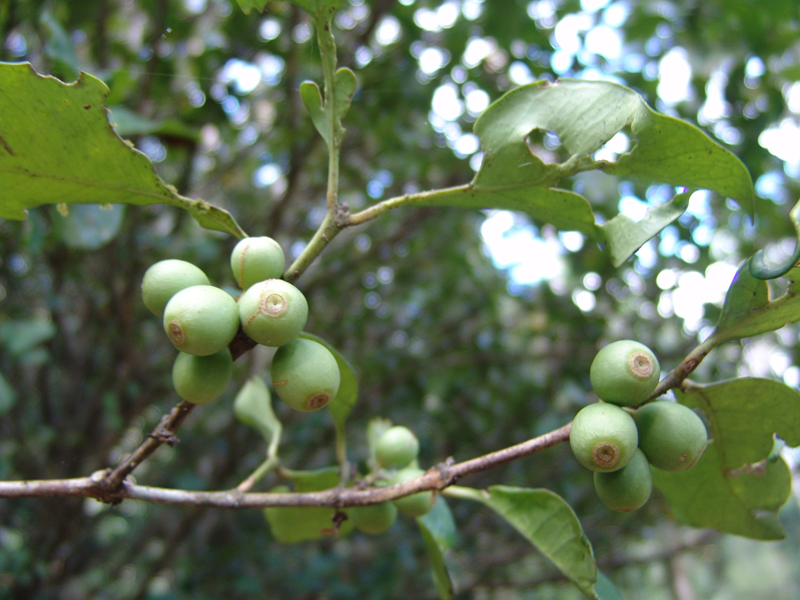
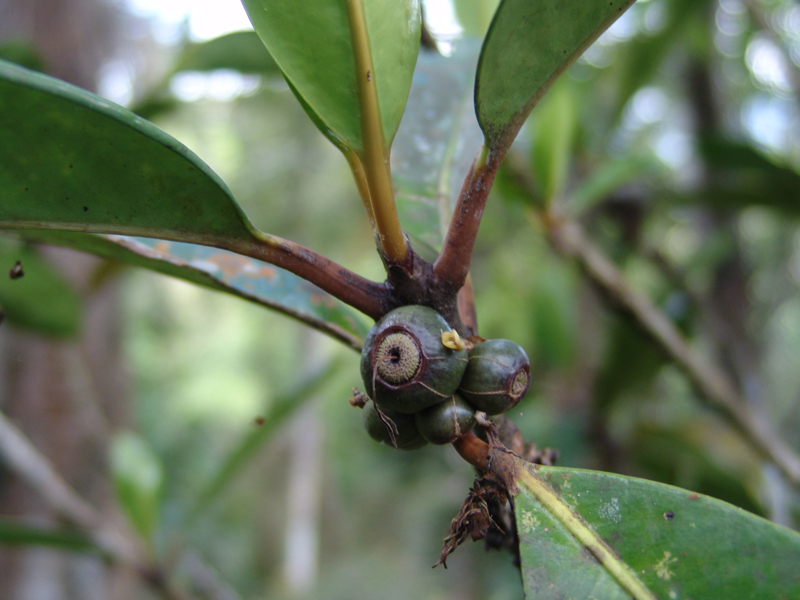
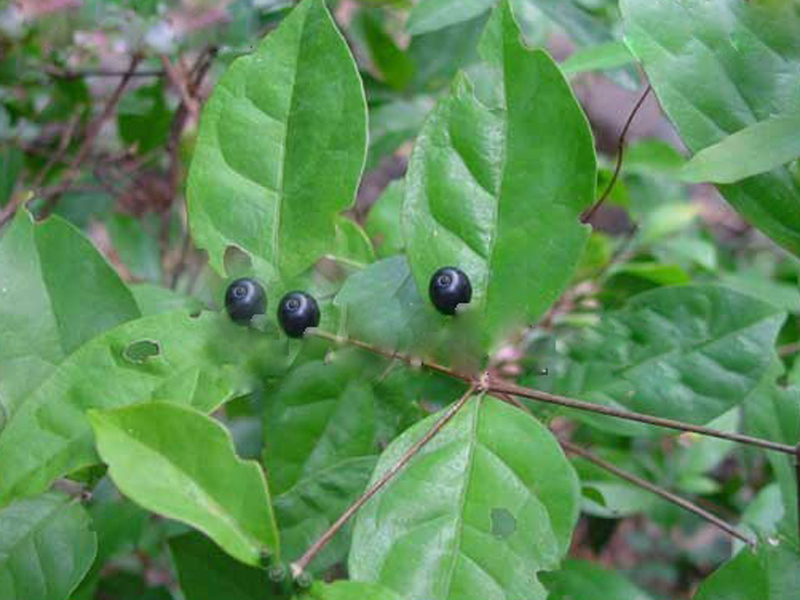
In the history of the dispersal of Arabica coffee throughout the world, India has had a significant role to play. Around the 14th century, coffee seeds were taken out of the forests of Ethiopia and brought to Yemen, which is the secondary center of dispersal. From Yemen, some seeds were smuggled by Baba Budan to India in 1670, which gave rise to the “Typica” variety of coffee after the Dutch transferred seeds from India to Indonesia in 1696 and 1699. Today, Typica along with the variety Bourbon (from seeds transferred to Bourbon Island (Reunion Island today) from Yemen in 1715), constitute all major cultivated varieties throughout the world. Due to the early establishment of coffee in India, India has made major contributions to coffee breeding research in order to develop coffee leaf rust resistant varieties. In contrast, robusta coffee spread around the world only around 1900 and was introduced due to their resistance to coffee leaf rust.
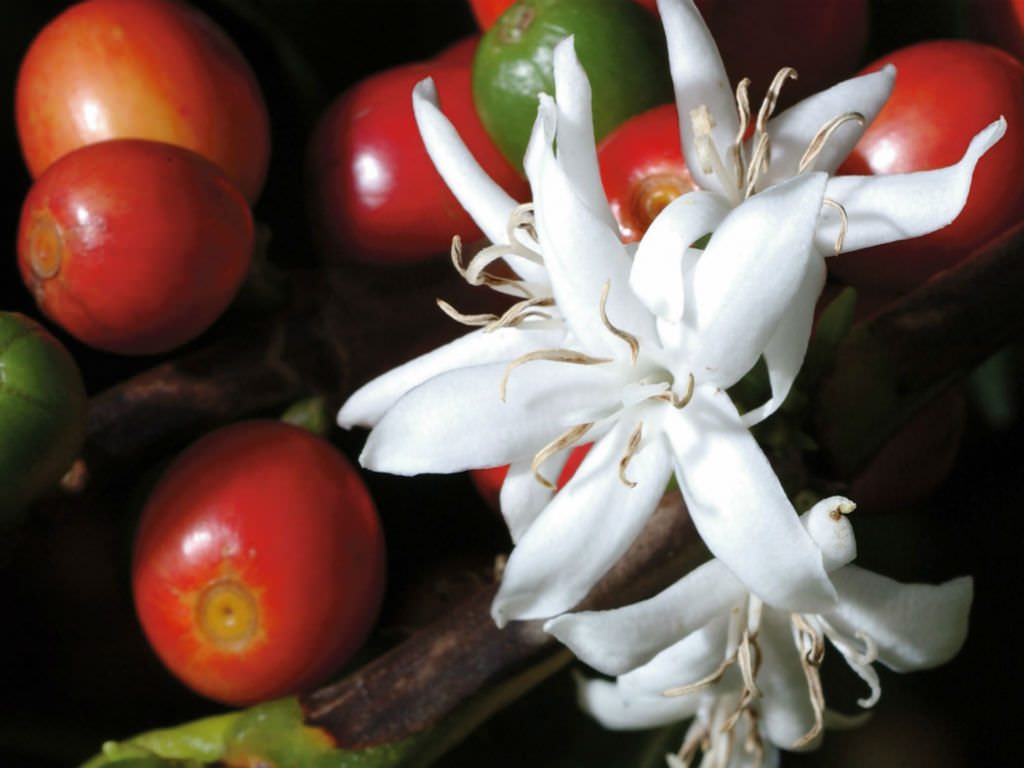
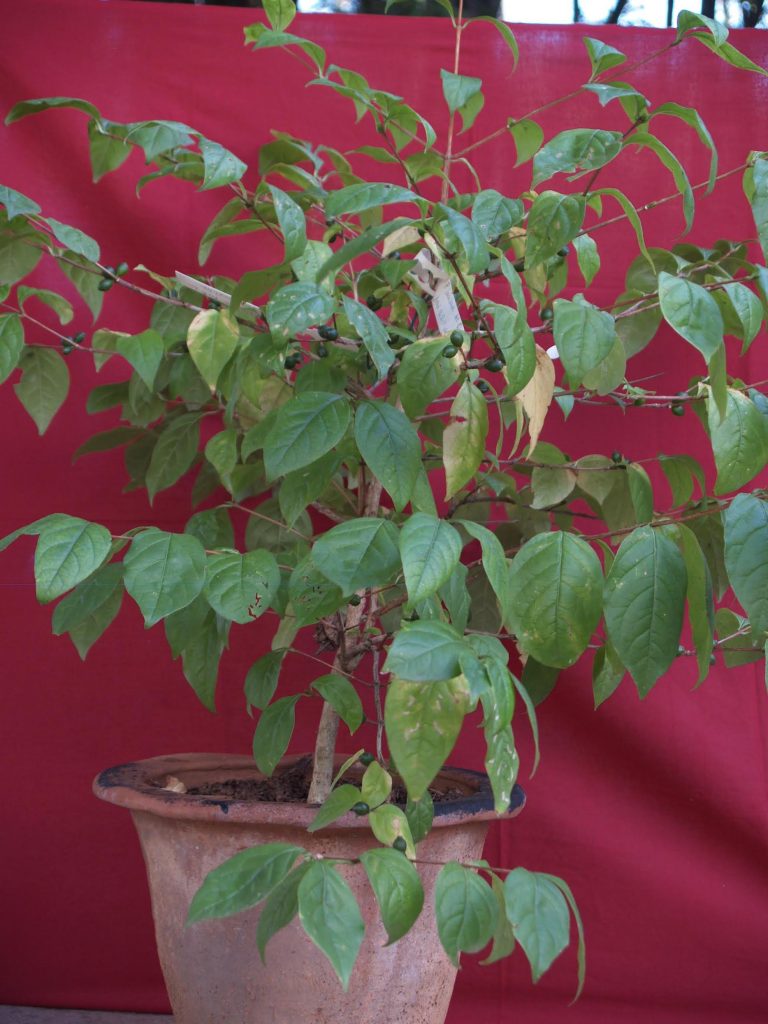
Global 2020/2021 production for Arabica coffee has been projected at 6.1 million tons and robusta coffee at 4.5 million tons. Indian 2020/2021 coffee production is estimated to be 318,600 tons, a 9% increase from the previous season, with Arabica coffee accounting for 93,600 tons and robusta coffee accounting for 225,000 tons. Average yield per hectare is estimated to be 468 kilograms and 1,004 kilograms for Arabica and robusta respectively. Even though the productivity is higher than last year, when compared to five-year average, the yields are lower by 4% and 3% respectively for Arabica and robusta coffees.
Coffee cultivation is facing many challenges, one of the most important being climate change and associated impacts such as higher incidence of pests and diseases, leading to lower productivity, especially in C. arabica, which is a climate-sensitive species. Impact of climate change, such as higher temperatures and lower and more erratic precipitation have already been documented in several coffee producing regions. All these are expected to be exacerbated in severity during this century. Stressed growth of coffee trees, limited flowering and berry development, poor yield and poor quality of the coffee beans will be some of the direct impacts of climate change. In addition, outbreaks and spread of diseases (such as leaf rust, coffee berry disease, wilt, leaf blight), insects (coffee berry borer, white stem borer, leaf miners, scales) and nematodes will increase in severity. All these will lead to a general decrease in area suitable for coffee cultivation with a shift of the cultivation of C. arabica up the altitudinal gradient.
One of the key strategies to combat climate change and develop varieties that will sustain future impacts is the broader use of genetic diversity through use of crop wild relatives, the wild cousins of agricultural plants. Domestication of crops has led to a bottleneck of genetic diversity, which is especially true for coffee with two main varieties constituting the genetic base of most cultivated coffee. The wild progenitors and cousins of crop plants are adapted to an extraordinary range of climates, soils, and pests and diseases. Due to the close genetic relationship of these crop wild relatives with their domesticated kin, such adaptations can be bred into crops with relative ease. With 124 species within the genus Coffea, the possibilities for breeding adaptive traits into cultivated coffee provides a great pathway for sustaining the future of the crop.
A recent gap analysis was conducted in 2019 to identify both in situ (in natural habitats) and ex situ (outside natural habitats, for example, in a genebank) conservation status of all 124 species of Coffea by applying the IUCN Red List of Threatened Species Criteria. The study reported that 60% (75 species) were assessed as threatened with extinction with 13 species falling under the category of Critically Endangered (CR), 40 species as Endangered (EN) and 22 species as Vulnerable (VU). The study also reported that 28% of the species are not known to occur in any protected areas and 45% are not held in any ex situ germplasm collections. Hence there is an urgency to expand germplasm collections with yet unrepresented species ex situ as well as prioritizing conservation of species in situ.
In 2011, species in the genus Psilanthus were subsumed into the genus Coffea based on molecular and morphological data, enlarging the Coffea genus to 124 species. This resulted in six Psilanthus species with geographic distribution in India to be included under Coffea (one species with two varieties). Of the six species, using the IUCN extinction risk category, one species falls under the category of endangered, one as vulnerable, two as least concern and two as data deficient. Table 1 provides the list of species and their geographic distribution with IUCN Red List category.
In almost all parts of the world, including India, forests are being depleted due to deforestation and land conversion. The coffee wild relatives from India are not preserved in any ex situ collections and the status of their presence in local forests are not known as evidenced by two of the species being data deficient. Hence, efforts should be made to collect and preserve these species in ex situ collections as well as advocate for their protection in their natural habitats. Once preserved in collections, these species can be evaluated for their traits that could be useful in breeding and can then be incorporated into specific breeding programs.
Table 1: Indian Coffea species, their geographic distribution and IUCN Red List category. IUCN Red List Categories are as follows: EN – Endangered; VU – Vulnerable; LC – Least Concern; DD – Data Deficient.
No. |
Species |
Distribution |
IUCN Red List Category |
1a. |
Coffea benghalensis var. benghalensis |
India, Nepal, Bhutan |
LC |
1b. |
Coffea benghalensis var. bababudanii |
Western India |
LC |
2. |
Coffea fragrans |
Bangladesh; reported to be cultivated in India |
DD |
3. |
Coffea malabarica |
Western India |
DD |
4. |
Coffea neobridsoniae |
India |
EN |
5. |
Coffea travencorensis |
Southern India and Sri Lanka |
VU |
6. |
Coffea wightiana |
Southern India and Sri Lanka |
LC |
References:
Bramel P, S. Krishnan, D. Horna, B. Lainoff, and C. Montagnon. 2017. Global Conservation Strategy for Coffee Genetic Resources. The Crop Trust and World Coffee Research, Bonn, Germany.
Davis, A. P., H. Chadburn, J. Moat, R. O’Sullivan, S. Hargreaves and E. N. Lughadha. 2019. High extinction risk of wild coffee species and implications for coffee sector sustainability. Sci. Adv. 5: eaav3473.
Davis A. P., J. Tosh, N. Ruch, and M. F. Fay. 2011. Growing coffee: Psilanthus (Rubiaceae) subsumed on the basis of molecular and morphological data: implications for the size, morphology, distribution and evolutionary history of Coffea. Bot. J. Linn. Soc. 167:357–377.
USDA-FAS (United States Department of Agriculture – Foreign Agriculture Service). 2020a. Coffee: World Markets and Trade. https://apps.fas.usda.gov/psdonline/circulars/coffee.pdf
USDA-FAS (United States Department of Agriculture – Foreign Agriculture Service). 2020b. Coffee Annual: India. https://apps.fas.usda.gov/newgainapi/api/Report/DownloadReportByFileName?fileName=Coffee%20Annual_New%20Delhi_India_05-15-2020
Dr. Sarada Krishnan
Director of Horticulture and Center for Global Initiatives at Denver Botanic Gardens
Picture Courtesy
- http://herbalgardenindia.org:8080/nwhgi/nwhgi/showSpecies.action?spcode=1569
- https://worldoffloweringplants.com/coffea-arabica-arabian-coffee/
- http://publish.plantnet-project.org/project/wildcofdb_en/collection/coffee-species/species/details/P.%20benghalensis%20%28Roxb.%20ex%20Schult.%29%20J.-F.Leroy%20var.%20bababudanii%20Sivar.,%20Biju%20%26%20P.Mathew
